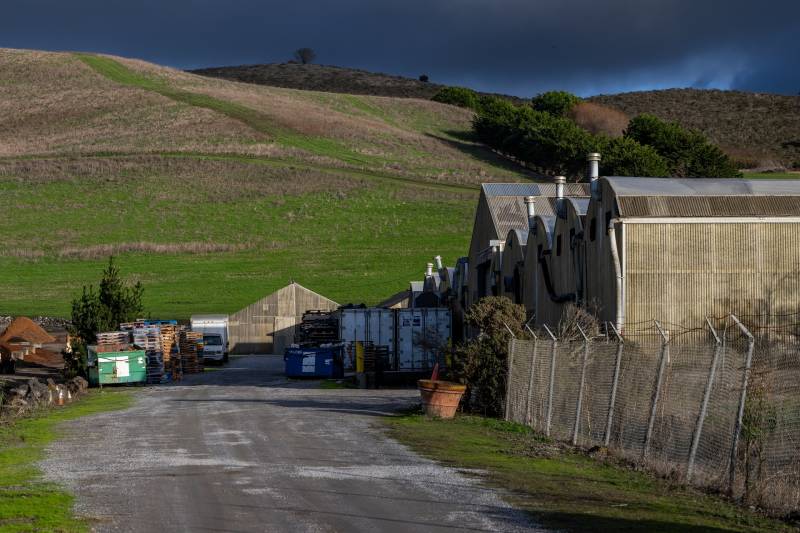The plan’s initial approval last month came after extensive public wrangling led Gov. Gavin Newsom to intercede on behalf of the project, calling the delay “egregious” and threatening to sic the state’s Housing Accountability Unit on the city if leaders didn’t go ahead with development.
However, within days of the planning commissioners’ vote, opponents filed three appeals, challenging the approval process and arguing that the project violated local policies and state law.
The City Council heard arguments from supporters and detractors on Wednesday before deciding. Objectors said the development threatens the city’s small-town appeal, citing traffic congestion and raising concerns it would strain the area’s already-limited parking.
The five-story apartment building is one of two low-income developments for farmworkers the city has pursued since the shooting. The other consists of 47 manufactured homes for very low-income families, including those displaced from the mushroom farms.
The drawn-out approval process for the senior housing has pushed back the completion timeline significantly, said Kelly Hollywood, an associate director of real estate development at Mercy Housing. Without the final OK, developers couldn’t apply for crucial sources of funding, some of which only become available a couple of times a year.
“With these approvals, we can work towards those other local and state sources,” Hollywood said. She expects to be able to apply for vital tax credits from the state in mid-2025. “We’re thankful that the determination of the community and the spirit allowed us to continue to move forward.”
Construction is set to start in mid-2026 and wrap up in late 2027 at the earliest. The building is expected to cost $43 million and will include a farmworker resource center run by ALAS.
Though the farmworker population is difficult to count, a report commissioned after last year’s shooting estimated that 1,300 to 1,600 farmworkers live in San Mateo County. A 2016 assessment estimated San Mateo County needs over 1,000 affordable housing units for farmworkers, finding that “a key reason for the county’s shrinking farm labor pool is the lack of available housing.”
Though this project only meets a fraction of the need, Hernández-Arriaga said she hopes it will serve as a model of “what housing should look like for senior farmworkers across California and if not across the country,” noting that farmworkers, particularly seniors, are often relegated to city outskirts. “Taking them out of the shadows, bringing them into the main streets of our downtowns, [in] housing that is vibrant, that allows them to not be isolated, not be hidden, to be in and with the community.”

